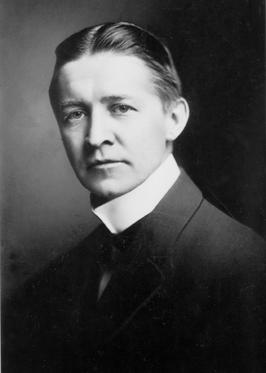
Bertram Grosvenor Goodhue was an American architect celebrated for his work in Gothic Revival and Spanish Colonial Revival design. He also designed notable typefaces, including Cheltenham and Merrymount for the Merrymount Press. Later in life, Goodhue freed his architectural style with works like El Fureidis in Montecito, California, one of three estates he designed.

Katharine Dexter McCormick was a U.S. suffragist, philanthropist and, after her husband's death, heir to a substantial part of the McCormick family fortune. She funded most of the research necessary to develop the first birth control pill.
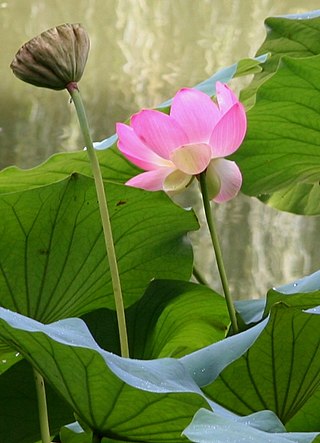
Ganna Walska Lotusland, also known as Lotusland, is a non-profit botanical garden located in Montecito, near Santa Barbara, California, United States. The garden is the historic estate of Madame Ganna Walska. The County of Santa Barbara restricts visitation via a conditional use permit: Lotusland botanic garden is open to the public by reservation only, with walking tours 1½ to 2 hours long.

The Getty Villa is an educational center and art museum located at the easterly end of the Malibu coast in the Pacific Palisades neighborhood of Los Angeles, California, United States. One of two campuses of the J. Paul Getty Museum, the Getty Villa is dedicated to the study of the arts and cultures of ancient Greece, Rome, and Etruria. The collection has 44,000 Greek, Roman, and Etruscan antiquities dating from 6,500 BC to 400 AD, including the Lansdowne Heracles and the Victorious Youth. The UCLA/Getty Master's Program in Archaeological and Ethnographic Conservation is housed on this campus.

The Santa Barbara Museum of Art (SBMA) is an art museum located in downtown Santa Barbara, California.

George Washington Smith was an American architect and painter. He is known particularly for his work around Santa Barbara, California, and for popularizing the Spanish Colonial Revival style in early 20th Century America. His notable works include Casa del Herrero, the Lobero Theater, the Santa Barbara News-Press building, and buildings at the Santa Barbara Cemetery. He also designed several private houses in Montecito.

Mar Y Cel, also known as Mar i Cel, is an open space preserve conserved by the Land Trust for Santa Barbara County, in Santa Barbara County, California, USA. Located in the Santa Ynez Mountains foothills above Montecito, Mar Y Cel is a 350-acre (1.4 km2) estate. It includes the "Tea Gardens" as well as the West Fork of Cold Springs Trail, a well used hiking trail.

Carleton Monroe Winslow, also known as Carleton Winslow Sr., was an American architect, and key proponent of Spanish Colonial Revival architecture in Southern California in the early 20th century.
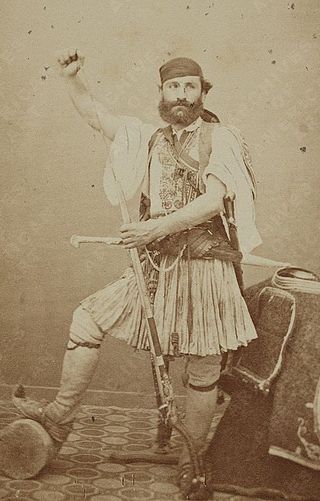
Lockwood de Forest was an American painter, interior designer and furniture designer. A key figure in the Aesthetic Movement, he introduced the East Indian craft revival to Gilded Age America.

Lutah Maria Riggs was an American architect who worked for several decades in Santa Barbara, California. Born in Toledo, Ohio, she moved with her mother to Santa Barbara after high school, where she returned after receiving a BA in architecture from the University of California, Berkeley. From 1921 to 1930, she worked as a draftswoman for George Washington Smith, and she continued to work as an architect in Santa Barbara until 1980, focusing primarily on residential work. She was the first licensed female architect in Santa Barbara, and the first woman in California to be named a Fellow of the American Institute of Architects.

Fernand Lungren (1857–1932) was an American painter and illustrator. He is mostly known for his paintings of American South Western landscapes and scenes as well as for his earlier New York and European city street scenes.
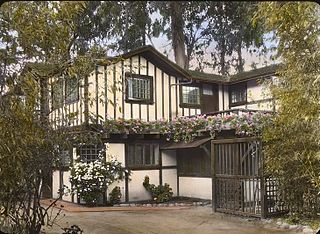
Francis Townsend Underhill was a politician from the U.S. state of New York and an amateur architect in California.

Francesco Franceschi – known in Italy by his title and birth name of CavalierEmanuele Orazio Fenzi – was an Italian banker and horticulturist who spent part of his later career in the United States, where his efforts contributed to the introduction of new plant species in southern California.
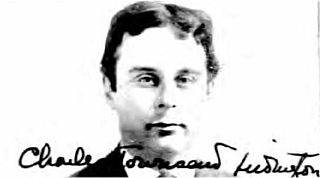
Charles Townsend Ludington, was a businessman of Philadelphia. He was an aviation pioneer who helped establish an every-hour-on-the-hour air service between New York and Washington.
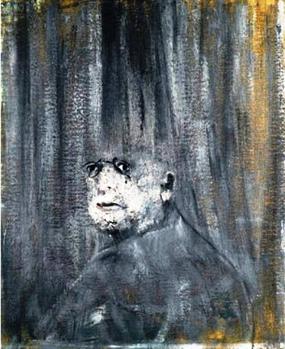
Head III is an oil painting by Francis Bacon, one of series of works made in 1949 for his first one-man exhibition at the Hanover Gallery, in London. As with the other six paintings in the series, it focuses on the disembodied head of male figure, who looks out with a penetrating gaze, but is fixed against an isolating, flat, nondescript background, while also enfolded by hazy horizontal foreground curtain-like folds which seems to function like a surrounding cage.
Ysabel Galbán Wright was a Cuban-American botanist and plant collector who specialized in cacti.
Ludington House may refer to:
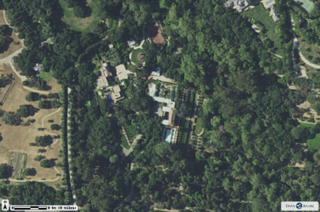
Val Verde, in Montecito, California, also known as the Wright Ludington House, is an estate which was listed on the National Register of Historic Places in 1995. The listing included five contributing buildings, 10 contributing structures, four contributing objects, and a contributing site, on 8.9 acres (3.6 ha).
Ala Story, born Emilie Anna Maria Heyszl von Heyszenau, was a gallerist and curator, as well as the director of the American British Art Center in New York and the Santa Barbara Museum of Art (1952–57). She was the daughter of an Austrian colonel and cavalry commandant, W. von Heyszenau, and traced her lineage on her mother's side back to a 12th-century minnesanger, Hoffman van der Aue.
John James Mitchell Jr. was an American banker and a co-founder of United Airlines.
















